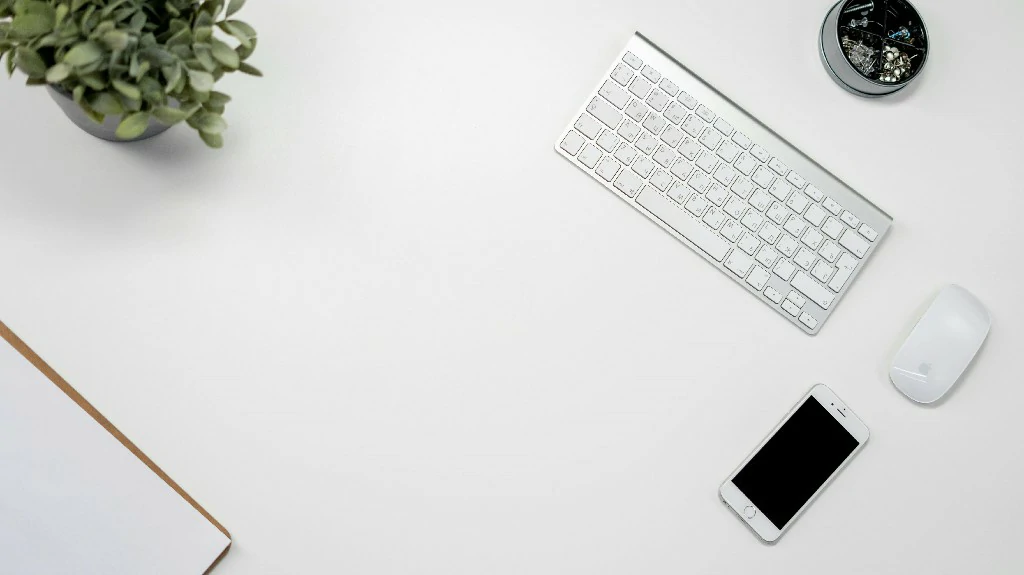
Interactive presentations have revolutionized how we engage with audiences, transforming passive listeners into active participants. Using tools like Smallppt, an AI-powered PowerPoint software, you can create dynamic and engaging presentations that captivate your audience. Smallppt leverages advanced AI to offer features like real-time audience polling, interactive quizzes, and collaborative whiteboards, making it easier than ever to foster engagement and participation. By integrating these interactive elements, you can enhance understanding, maintain interest, and create a more memorable and impactful presentation experience. Let's explore how to make the most of interactive presentations using Smallppt.
What is the interactive presentation?
An interactive presentation is a dynamic approach to conveying information that actively involves the audience in the communication process. Unlike traditional presentations, which rely on one-way communication, interactive presentations engage participants through various methods such as live polls, quizzes, discussions, and multimedia elements. This format encourages audience participation, fosters a collaborative environment, and enhances understanding by allowing real-time feedback and interaction. By integrating tools like audience response systems, interactive whiteboards, and digital platforms, presenters can create a more engaging and memorable experience. The goal of an interactive presentation is to transform passive listeners into active participants, making the content more relevant, engaging, and impactful.
10 Tips for making an interactive presentation more engaging
1. Start with an icebreaker: Start your presentation with a fun icebreaker activity. Warm up the audience and set an interactive tone from the start with a quick poll or trivia question related to your topic.
2. Incorporate live polls: Use live polling tools like Mentimeter or Slido to gather audience opinions in real-time. This will keep the audience engaged and provide them with immediate feedback. For example, before presenting the facts, ask for their thoughts on a controversial topic or predict the outcome.
3. Use quizzes and gamification: Integrate quizzes at key points to reinforce learning and provide a competitive edge. Tools such as Kahoot! can help you enjoy the process. For example, quiz the audience on key facts after presenting a section of your content.
4. Facilitate group activities: Break the audience into small groups for discussion or problem-solving activities. This encourages the audience to collaborate and get involved. For example, ask each group to brainstorm solutions to a case study you have presented.

5. Conduct interactive Q&A sessions: Schedule multiple Q&A sessions throughout the presentation, not just at the end. Collect and display questions using tools such as Pigeonhole Live. This keeps the audience engaged and their questions answered.
6. Use interactive whiteboards: Use digital whiteboards such as Jamboard to allow audience members to visually contribute ideas. Invite participants to add their thoughts to a shared board during a brainstorming session, for example.
7. Embed videos and animations: Break up your presentation with relevant videos or animations to illustrate key points. Not only will this make the content more dynamic, but it will also appeal to visual learners. Explain a complex process step-by-step with an animation, for example.
8. Tell engaging stories: Incorporate storytelling to make your content more relatable and memorable. Illustrate your points with personal anecdotes or case studies. For example, share a success story that demonstrates practical application.
9. Encourage social media interaction: Encourage your audience to tweet their thoughts and questions by creating a unique hashtag for your presentation. Show real-time interaction by displaying the live Twitter feed. This expands engagement beyond a lecture hall.
10. Offer interactive handouts: Provide digital handouts with interactivity like hyperlinks, embedded video, or interactive charts. Tools such as Adobe Acrobat can help you create them. For example, post-presentation learning and engagement can be enhanced by creating a PDF with clickable links to additional resources.
5 Common Mistakes when having an interactive presentation
Having an interactive presentation should be organized well and presenters need to pay attention to many aspects. Here are some mistakes that may occur when having an interactive presentation.
1. Overloading slides with information: Cramming too much text or data into slides can overwhelm your audience and distract them from what you want to say. Stick to key points and use visuals to support your message.
2. Neglect audience engagement: A lack of interaction with your audience can have a monotonous effect on your presentation. Keep them engaged throughout the presentation by including questions, polls, or activities.
3. Ignore Technical Setup: Technical glitches can ruin your presentation. To make sure everything runs smoothly, always test your equipment and software beforehand. If something goes wrong, have a backup plan.
4. Lack of practice: Just winging it may work in some situations, but it may not work for important presentations. Practice delivering, transitioning, and timing yourself to remain confident and fluid.
5. Failure to adapt: When audience needs or reactions suggest a different approach, sticking rigidly to your script can be a mistake. Prepare to adapt your content and presentation as your audience responds and engages.
Elevating Your Interactive Presentation with Smallppt
Smallppt revolutionizes the way presentations are crafted and delivered. Its performance is marked by unparalleled efficiency and creativity, seamlessly integrating cutting-edge AI capabilities with user-friendly design. From selecting different themes and color schemes to adjusting layouts and fonts, users have full control over the aesthetic appeal of their slides. Additionally, it offers intuitive editing functionalities, enabling users to make real-time modifications and additions to their presentations with ease. Here are some steps that you can follow to make a presentation in Smallppt.
1. Type your topic into Smallppt. After you have found the topic and the main content, you can type your topic on the Smallppt. Smallppt would create an outline according to the topic you've typed. You can change the outline generated by AI as you like.
2. Choose templates and add visuals. Choose one of the templates you like the best that Smallppt provides, you can also add some relevant images, graphics, and videos to enhance your presentation. Look for visuals that represent your topic, such as posters, teasers, star images concept art, etc.

3. Create and modify slides. Click on the "Generate" button and wait for Smallppt to create slides for you. Smallppt would provide simple and focused slides, with a clear title and concise bullet points or short sentences. You can modify them according to your topic and content.
4. Address common audience questions. Anticipate questions your audience may have about the topic and address them in your presentation. Your question should also focus on the details of your presentation.
5. Review and download the slides. You can check the slides by going through them several times. If you are happy with them, download and save them.
Unleashing your creativity with Smallppt!


